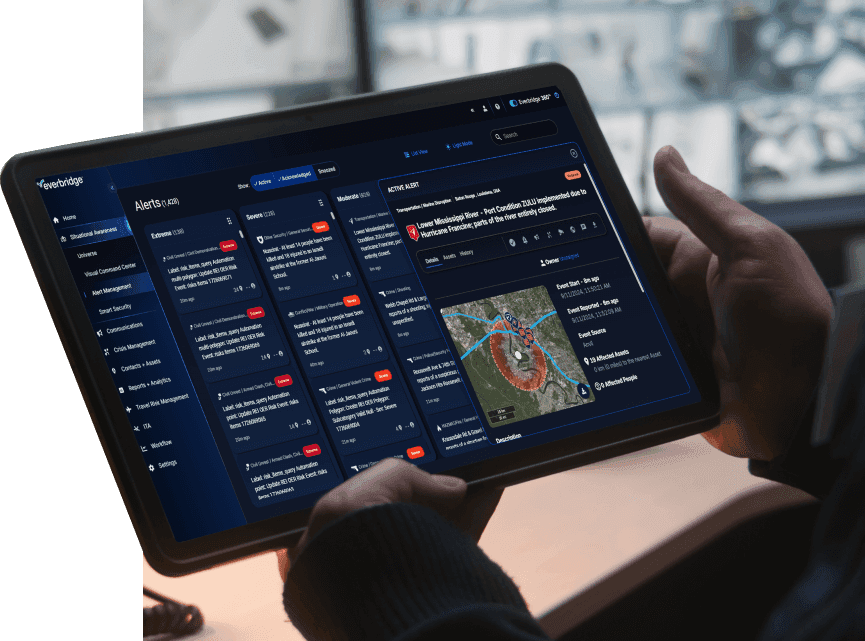Before you present the Business Continuity Management Program (BCMP) to leadership, understand the context of their goals, challenges, and priorities. What are the strategic objectives of the organization and how does the BCMP align with them? What are the pain points or gaps that your BCMP can address or solve? What are the benefits or outcomes that your BCMP can deliver or contribute to? By understanding the context, you can tailor the message and focus on the value that matters most to leadership.
Leadership members have distinct roles, perspectives, and expectations. Know who you are talking to and what they care about. For example, the Chief Financial Officer might be interested in the return on investment (ROI) of your BCMP programs, while the Chief Technology Officer might be curious about the innovation and creativity that your BCMP fosters. Adapt the language, tone, and format to suit the audience and highlight the value that resonates with them.
Data & value of the BCMP
Data is essential to displaying the value of the BCMP, but not all data is equally useful or persuasive. Use data wisely and choose the metrics that are relevant, meaningful, and credible. Consider using surveys, feedback, testimonials, case studies, or anecdotes to supplement the data and tell a story. However, avoid overwhelming the audience with too much data and/or confusing them with unclear or inconsistent data. Be honest and transparent about the limitations or challenges of the data and how you plan to address them.
Data alone is not enough to highlight the value of the BCMP. You need to tell a story that connects the dots and shows the impact of the BCMP on the organization, the employees, and the customers. A story can help engage the audience emotionally and make them care about the BCMP. A story can also help illustrate the problem, the solution, and the outcome of the BCMP, and how they fit into the bigger picture. Consider the use of storytelling techniques such as the STAR method (situation, task, action, result) or the SOAR framework (situation, objective, action, result) to structure the story and make it clear and compelling.
Expect questions from leadership
No matter how well you highlight the value of the BCMP, expect some questions from leadership. They might want to know more details, clarify some points, or challenge some assumptions. Anticipate these questions and prepare answers in advance. Practice the presentation and rehearse the answers. By anticipating questions, you can demonstrate confidence, competence, and credibility, and address any concerns or objections leadership might have.
The power of following up
After highlighting the value of the BCMP to leadership, do not stop there. Follow up with them and thank them for their time, attention, and feedback. Provide them with any additional information or resources that they requested or might find useful. Continue to keep them updated on the progress and results of the BCMP and show them how their suggestions or recommendations are being implemented. By following up, you will maintain the communication and relationship with leadership and reinforce the value of the BCMP.

